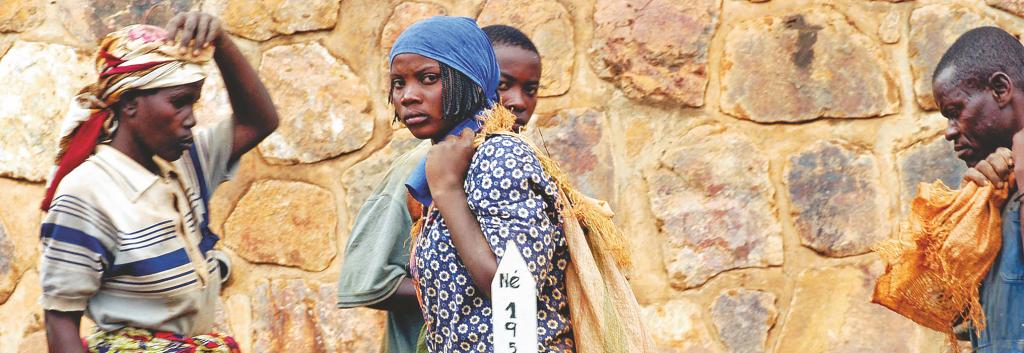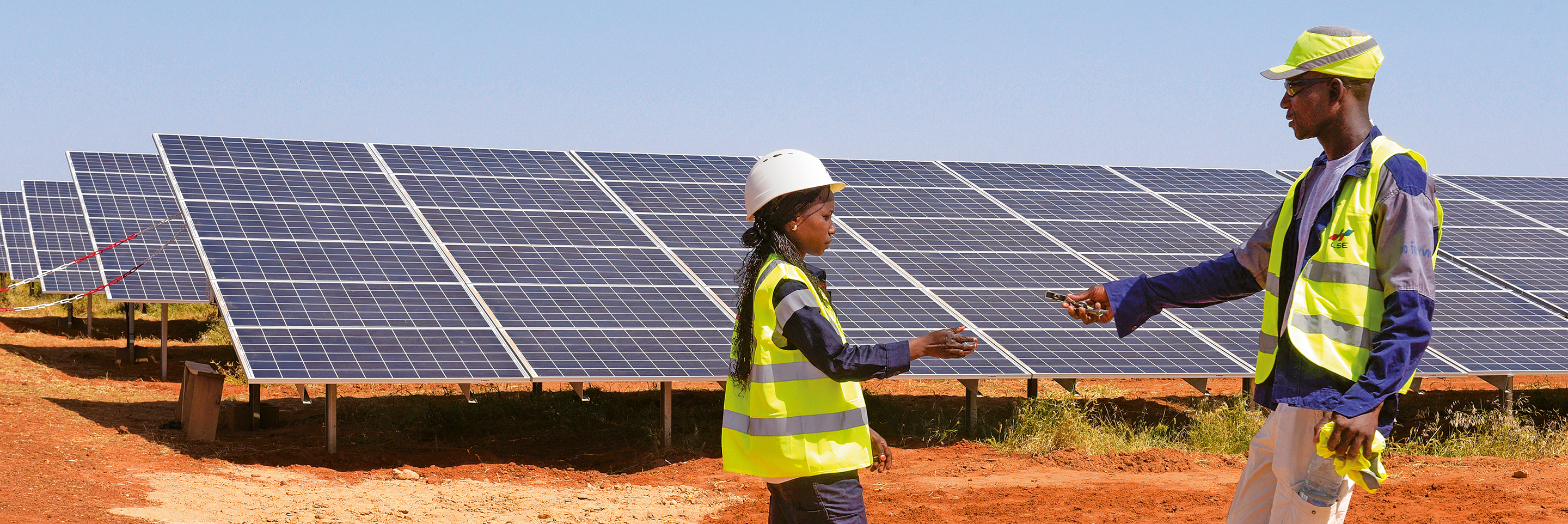Violent pasts imperil the future. But they may also be the means of building one. “Remembering with the future in mind”, as the South African scholar Bernard Lategan has urged, is a difficult thing to do. Memories of violence seem only to weigh down, and never uplift; to divide, not to unite. Translating from memory to history is no less uncomfortable. Histories of violence in Africa risk flirting with that most destructive of caricatures, that all there is to life in Africa is death. What can histories of violence offer for the future, beyond reminding us of the worst of the past?
The thing that matters about violent pasts is that they are never truly past. They live in the present, entangled with the future. We do not “move on” – not completely, not all at once, not at the same speed, some of us not at all. Pain, grief and fear shape lives that have known suffering. Both anxiety and anger can propel repetition, the past revolving in cycles, alternations and escalations. The damage caused by acts and regimes of violence forms the rubble from which a future must be built. Speaking about a violent past does not liberate us from it; neither does ignoring it.
On one level, histories of violence press the question of responsibility. This is more than simple blame: how can we talk of justice today, or of a more just tomorrow, if we do not ask ourselves who bears responsibility for the damages of yesterday? The presence of the past continues to be felt at least until justice can be done, in whatever form that may be. Exploring dimensions of historical responsibility structures debates about what such justice should look like.
But histories of violence are monstrous things in more than one respect. They swiftly become entangled and enwrapped with themselves. We can’t talk about who is to blame for genocidal acts, for example, without talking about the structural ruptures that lie behind them, that are entangled in them. Local crimes are suspended in global injustices. One history of violence leads to another.
As we follow such entanglements, a key question that emerges is how. The damage stays with us; asking how it came to be gives us clues as to what must be done with it. Understanding the violence of colonial rule, for example, is an essential task for meeting postcolonial challenges. There is no return to what has been lost, but looking back may help reveal the paths towards building something new from what remains. This is what African nationalists attempted at independence, building new societies with the broken pieces of colonial territories. It is also what Pan-Africanists must do today, building a future from the compounding damages and unsolved problems left both by colonial rule and the flawed nationalist projects that followed.
But there is also another face to histories of violence, one that does more than show us what went wrong and why. Here history does not seek an explanation of how, or the framing of justice, but the witnessing of life. Emerging from the worst of human experience, some of those who do not move on also find means to live with. This must mean living with the loss and the damage, but also living with others – others who have lost, others who have harmed, others who have gained from that harm, others who will never understand.
In Rwanda and Burundi, two countries most beset by intimate violence over the past sixty years, the word is kubana: not to pursue justice, not to reconcile, but to live with another – ideally kubana neza, to live with another well. More modest a goal than achieving true justice or changing the nature of power, to live with another well buys a little time – time from which possible futures can emerge. Living with is not in itself sufficient to prevent recurrence and escalation of violence over time; justice and transformation cannot be set aside. But in witnessing the practices of kubana neza we begin to find the truest value of violent histories for more hopeful futures: evidence that these futures have already been imagined – and, in part, lived.
Humility and utopianism together shape these possibilities. More hopeful futures are born from a confluence of historical paradoxes: a desire to “move on” and a recognition that the past is always present; a desire to see a completely different world, and a modesty to act on the humblest of scales. The transformative power of forgiveness was the dream of the South African Truth and Reconciliation Commission, and this promise brought equal parts admiration and criticism. It asked the impossible, and attempted to build a collective future out of individual lives and gestures; it diluted or sacrificed justice for the sake of “moving on” towards its dream of the future, and left many behind in the process. But to the extent that such grand schemes have disappointed, they have also sketched something of the possible – a possibility that others, far from the spotlight, have lived.
Felwine Sarr argues for utopian ways of thinking as a means of liberating Africa from models and futures imposed from elsewhere. Daily acts of living-with give modest life to such utopias. Kubana neza is not a new idea. It is not in itself the product of violence. It can scarcely be boiled down to a simple set of policies to be implemented, nor does it displace the desire for justice. But it is the most valuable face of Africa’s histories of violence for the building of its futures. Looking at past violence – understanding how it is never truly past – shows that living-with is possible, for some. And from that possibility, futures are made.





